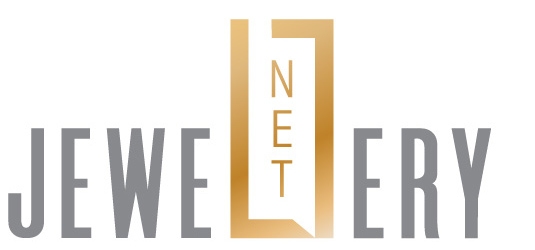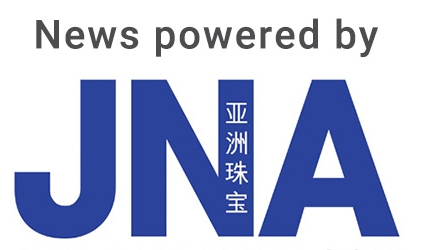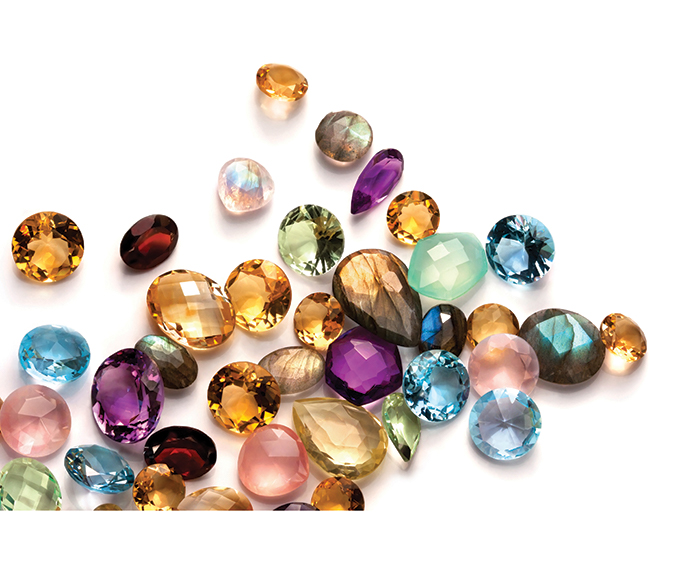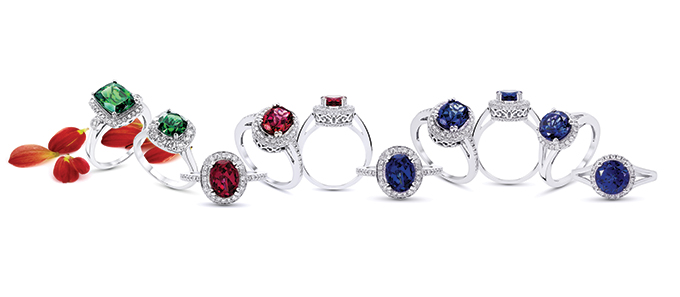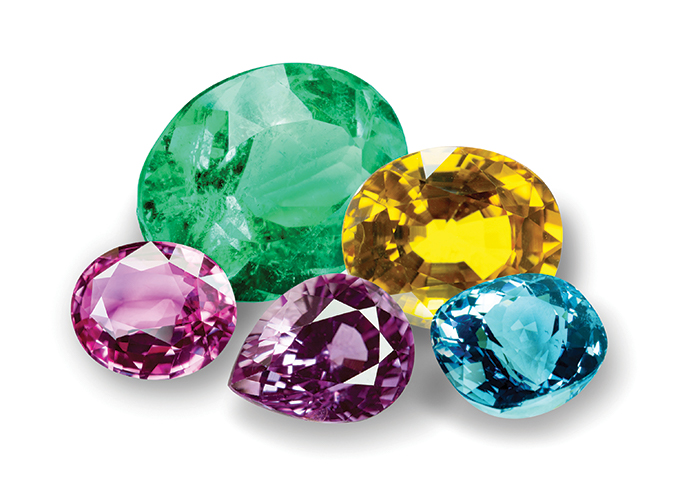With pricing levels and trading conditions of coloured gemstones set to stabilise in 2024, the gemstone industry trains its sights on nurturing demand in a socially conscious market while winning over younger consumers.
This article first appeared in the GEMSWORLD 2024.
Prices, supply issues, responsible sourcing and next-generation consumers are among the factors shaping the business landscape of the coloured gemstone sector in the post-pandemic world.
Demand for coloured gems has been at an all-time high since the pandemic as the market gravitates towards colour after the gloom of the Covid-19 years.
Robust demand, coupled with supply disruptions, resulted in exponential increases in the prices of favoured coloured gemstones since the second half of 2022. This upward trajectory continued into 2023, with gemstone manufacturers and dealers remaining firm on their prices amid market hesitation over the hefty increases.
Despite the resumption of trade fairs around the world in 2023, high prices slowed trading and professional trade buyers spent cautiously, mostly seeking to fulfil orders than to stock up on gems.
Towards the end of 2023 though, the market started to settle amid economic and geopolitical uncertainties, with the trade anticipating a strong start to business in 2024.
According to S A Ali, managing director of Bangkok-based United Colour Stones Co Ltd (UCS), the slowdown started in October 2023.
“Rubies and sapphires continue to be in high demand but the market for other coloured gemstones such as aquamarine, zircon and tanzanite, among others, softened slightly from October to December 2023. Business will likely strengthen again from the first quarter of 2024,” the company official disclosed.
Damien Cody, president of the International Colored Gemstone Association (ICA), agreed, pointing to “some consumer nervousness surrounding inflationary impacts and rises in interest rates” towards end-2023. The top-end of the market, however, remained robust, witnessing strong demand and high prices as borne out by auction results and reported sales, he added.
Growth segments
All indicators point to significant growth in the coloured gemstone sector in 2024, with prices poised to settle at their new post-pandemic levels.
Cody noted solid demand for better-quality stones at the major trade fairs in the latter part of 2023. Improving economies will also drive transactions as retailers start to fill their inventories ahead of anticipated consumer demand.
“Inventories have fallen to low levels and, as prices stabilise, we can expect increased demand from all sectors of the market to rebuild stocks,” Cody said.
Clement Sabbagh, director of Ben Sabbagh Bros and former ICA president, said better-quality rubies, sapphires and emeralds in medium to best colours were much favoured in 2023 and likely to stay in demand this year.
“Paraiba tourmaline is extremely popular as well, fetching high prices due to supply constraints for good stones. Other market favourites include spinel, opal, tsavorite and Santa Maria aquamarine,” he continued.
Cody and Sabbagh both expect the resurgence of China in 2024 after its prolonged remission in 2023.
While the Chinese market had been struggling to accept post-pandemic prices, buyers are expected to resume purchases in time, Sabbagh shared.
Cody also sees fresh opportunities in China, noting that female self-purchase accounted for nearly 80 per cent of the country’s market for coloured gemstones.
“Traditional purchases are engagement rings and gifts, but the biggest segment in China now is women buying jewellery for themselves, which is rather unique to this market,” he revealed.
Another growth avenue for the sector is online sales. Cody cited the burgeoning number of commercial sales transacted on the Internet, which has been instrumental in driving demand, particularly in China.
“There are tremendous Internet sales on Little Red Book and Weibo. This is a huge part of our sector and among the biggest trends I have seen in recent years,” he remarked.
Capacity influx
Mining production for some coloured gemstones is likewise expected to increase, relieving the strain on supply that had exerted upward pressure on prices.
Fuli Gemstones, for one, is scheduled to commence mining operations this year, said Pia Tonna, chief marketing officer and executive director of the vertically integrated peridot specialist.
“We are on track to start bringing products to market in the third quarter of 2024. There will be a ramp-up period and, at full capacity, our mine is targeted to produce 64.5 per cent of the world’s peridot supply,” she revealed.
Coloured gemstone miner Gemfields is likewise bullish, following a healthy 2023 with robust prices, albeit at lower levels than its “standout” performance in 2022, according to CEO Sean Gilbertson.
“Barring any Black Swan events like the Covid-19 pandemic and geopolitical upheavals such as invasions, the market should remain relatively steady and in good shape in 2024,” he said.
Supply constraints may also be eased by a growing trend Sabbagh observed in the mining sector. “More vertically integrated companies are offering mine-to-market services. More tenders are taking place as well. Dealers are coming to Brazil to source materials from mines and then holding tenders in Dubai or Bangkok,” he disclosed.
Consumer expectations
The coloured gemstone trade is also addressing the market’s intensified focus on sustainability, which is driven largely by socially conscious consumers.
Cody views the clamour for full transparency as among the biggest challenges facing the sector. Having a completely transparent supply chain from mine to market is difficult to achieve as around 80 per cent of coloured gemstones are produced by artisanal miners in remote locations, he noted.
Moreover, the industry leaves very little scars on the planet, has a small footprint and supports whole communities. “We need to deflect some of the focus on coloured gemstones away to the real causes of climate change and the real areas of concern for our society,” he remarked, pointing out that one per cent of the world’s energy is spent on mobile phones.
Provenance matters
The industry does make an effort though to address provenance, traceability and transparency concerns.
ICA GemLab incorporates Provenance Proof Tracking in its Origin and Identification Reports. Leveraging the power of blockchain technology, the report gives each gemstone a digital identity and a traceable journey from its origin to its final destination.
The Provenance Proof platform, meanwhile, had some eight million coloured gemstones from over 700 companies in its blockchain as of September 2023, said Gübelin Gem Lab Managing Director Daniel Nyfeler. And the lab’s Emerald Paternity Test, which embeds traceable nano particles into rough crystals, is applied to more than 30 per cent of the annual production of high-end emeralds.
Nyfeler said, “Though the Provenance Proof blockchain is free to use, the midstream has either not yet fully understood and embraced traceability initiatives or received sufficient pressure from the brands to provide traceable goods. Jewellery brands also may not know the number of traceable stones available in the market.”
Blockchain platforms are also not exclusively confined to bigger players. Nyfeler cites as example artisans in a small mining community in Madagascar who polish coloured gem waste into beads that are sold to tourists.
“Every single piece they produce is on the blockchain, though the value of their goods may be minute. All that is needed is a smartphone to register, take a picture and enter the information. That done, the stone has a digital twin on the blockchain,” he explained.
Nyfeler conceded that full transparency and traceability would take time. But since the technology is available, implementation can speed up, especially if brands start requiring traceable goods.
“Having over eight million gemstones on the blockchain is a promising sign. Despite the complex and fragmented value chain of the coloured gemstone sector, there is also a bottom-up effort to achieve greater traceability,” he said.
Responsible practices
For his part, Gemfields’ Gilbertson proposes that the players in the downstream focus on “mine of origin” rather than “country of origin” to boost traceability.
At the CIBJO (World Jewellery Confederation) Congress in October 2023, the first after the pandemic, he shared Bank of Mozambique data indicating that prior to Gemfields’ ruby auctions, rubies were either smuggled or their value was under-declared. “Setting price at the point of export is wrong and has cost Africa to lose billions of dollars,” Gilbertson said.
And during the Congress’ session on responsible sourcing of coloured gemstones, Jenna White from the Colorado School of Mines disclosed that most local miners in key mining locations in Africa prefer fair prices for their gemstones, instead of donations.
Apprenticeship models also work best to develop cutting skills, rather than expecting trainees to meet international standards after short training periods, she continued.
Next-gen customers
Another major test – and opportunity – for the coloured gemstone market is nurturing demand among younger generations of consumers.
Cody said, “The biggest challenge will be getting a share of mind of the new luxury buyer. The industry will need to build and maintain high levels of consumer confidence with this younger segment of new buyers.”
Apart from highlighting responsible sourcing and sustainability initiatives, changing the narrative of coloured gemstones would help build emotional resonance among consumers, said Lotus Gemology founder and celebrated gemmologist and author Richard W. Hughes.
“At Lotus Gemology, we tell stories to provide the human aspect to these wonderful things we work with. That is what the industry needs to do. It must stop focusing on numbers and technical descriptions and instead, focus more on the incredible beauty of each gemstone,” Hughes said.
Cody admitted that storytelling should be an essential part of the sales pitch. “People do not remember facts and figures; they remember stories. Our industry deals in goods that are millions of years old. Each item is unique. We should ‘romance the stone’ and sell the idea of gemstones as works of art,” he remarked.
For Sabbagh, exposure and education would help build a culture of coloured gemstones among younger generations. This goes hand in hand with building consumer confidence, Cody added. Achieving this requires full disclosure of treatments, abiding to a code of ethics, and clearly depicting the coloured gemstone journey from mine to market along with the lives they impact and the good they generate.
“We could perhaps create compelling collaterals on the real journey of our goods. There are beautiful stories every step of the way that need to be celebrated and conveyed to younger generations. Social media is a great asset in this respect,” Cody said.
Small but effective steps can likewise be undertaken at the retail level to engage consumers and get them excited about the product, Hughes remarked.
Shining laser pointers on rubies to show their radiance would fascinate consumers and help reveal that this feature of rubies sparked the development of the first laser pens, said Hughes. Getting customers to hold a coloured gemstone in one hand and a piece of glass in the other to feel the difference is another worthwhile exercise. Letting customers view the stone through a microscope at the store or having an in-store gemmologist explain colour-change qualities would likewise build excitement around coloured gems.
New market conditions and consumer expectations have prompted a shift in the way business is done post-pandemic. Ensuring sustainable growth and development of the coloured gemstone sector requires industry-wide commitment and effort, a journey that has already begun.
